Simon of Trento: A prominent example of the Blood Libel myth
The case of Simon of Trento in 1475 is one of the most infamous examples of the blood libel myth, a false accusation that Jewish communities murdered Christian children for ritual purposes. The story of Simon is a focal example that sheds light on the actual relationship between Christians and the Jewish community in the Middle Ages, that transited from an initial coexistence and relative tolerance to one of propaganda, violence and persecution in Europe – after centuries of theological fueling of anti-Jewish sentiment.

Martyrdom of Simon von Trent, depiction from the Nuremberg World Chronicle by Hartmann Schedel, 1493. Source: Wikimedia Commonsꜛ (license: public domain)
The death of Simon of Trento
In March 1475, the body of a two-year-old boy named Simon was found in a canal in Trento, a city in the Holy Roman Empire (modern-day Italy). Simon had disappeared on Maundy Thursday, leading to widespread speculation and suspicion. Within days, rumors began circulating that the local Jewish community had murdered him as part of a Passover ritual.
The accusation stemmed from long-standing anti-Semitic stereotypes and the myth that Jews required Christian blood for religious purposes. Despite the lack of evidence, the Jewish community of Trento was quickly implicated in Simon’s death.
The investigation and torture
The investigation into Simon’s death was led by Prince-Bishop Johannes Hinderbach, a fervent believer in the blood libel myth. Under his orders, several Jewish men from Trento were arrested and subjected to brutal torture. Unsurprisingly, the torture led to coerced confessions, in which the accused “admitted” to murdering Simon in a ritualistic act.
These confessions were used to convict the entire Jewish community of Trento. Fifteen Jewish men were executed, and their families were expelled from the city. The remaining Jewish property was confiscated, enriching the local authorities.
The veneration of Simon
Simon was quickly declared a martyr by local Church authorities, despite the lack of credible evidence supporting the accusations against the Jewish community. His death was framed as a miraculous and sacred event, reinforcing the narrative of Jewish culpability and Christian victimhood.
Simon’s body was interred in the Church of St. Peter in Trento, and he was venerated as a holy child martyr. Pilgrimages to his shrine became popular, and stories of his “miracles” spread throughout Europe. In 1588, Pope Sixtus V officially beatified Simon, further legitimizing the cult surrounding him.
The Blood Libel myth and its impact
The case of Simon of Trento is emblematic of the blood libel myth’s devastating effects on Jewish communities:
- Religious justification for persecution: The veneration of Simon as a martyr reinforced anti-Semitic attitudes and justified violence against Jews. By framing the accusation as a matter of faith, the Church lent credibility to the myth and encouraged its proliferation.
- Economic and social motives: The accusation against the Jews of Trento served not only as a means of religious scapegoating but also as an opportunity for economic exploitation. Confiscated Jewish property enriched local authorities and further marginalized Jewish communities.
- Wider consequences: The story of Simon inspired similar accusations across Europe, leading to expulsions, massacres, and enduring prejudice against Jews. The blood libel myth became a central element of medieval anti-Semitism, persisting into the modern era.
Skepticism and opposition
Despite its widespread acceptance, the blood libel myth was not universally believed. Some Church officials and scholars questioned the validity of the accusations and the veracity of the supposed confessions. In 1965, during the Second Vatican Council, the Catholic Church formally disavowed the blood libel myth and removed Simon of Trento from the list of saints, recognizing the injustice of the accusations and the subsequent persecution of Jews.
The legacy of the Simon of Trento case
The case of Simon of Trento remains a stark example of the destructive power of myths and prejudice. It highlights how religious and social narratives can be weaponized to justify violence and discrimination, with devastating consequences for marginalized communities.
Even after the Catholic Church officially repudiated the blood libel myth, the story of Simon continued to be used by anti-Semitic groups to spread hatred. This underscores the enduring influence of such narratives and the importance of challenging them through education, historical scholarship, and interfaith dialogue.
Conclusion
The story of Simon of Trento demonstrates how deeply ingrained prejudice can exploit fear and ignorance, leading to horrific injustices. The blood libel myth, rooted in medieval superstition and anti-Semitism, not only devastated Jewish communities but also left a lasting stain on the history of Europe. By examining cases like Simon’s, we can better understand the dangers of unchecked prejudice and the importance of resisting narratives that promote hatred and division.
Conclusion
The case of Simon of Trento remains a stark example of the destructive power of myths and Christian prejudice. It highlights how religious and social narratives can be weaponized to justify violence and discrimination, with devastating consequences for marginalized communities such as the Jews in Europe. The blood libel myth, rooted in medieval superstition and anti-Semitism, not only devastated Jewish communities but also left a lasting stain on the history of Europe.
Even after the Catholic Church officially repudiated the blood libel myth, the story of Simon continued to be used by anti-Semitism groups to spread hatred. This underscores the enduring influence of such religious narratives and the importance of challenging them through education, historical scholarship, and interfaith dialogue. However, it also exemplifies the power of religious institutions to perpetuate harmful myths and the responsibility they bear for the consequences of their teachings – and this is particularly true of Christianity in view of its violent history.
References and further reading
- Katz, Steven (ed.), The Cambridge Companion to Antisemitism, 2022, Cambridge University Press, ISBN: 978-1108714525
- Moore, R. I., The Formation of a Persecuting Society: Power and Deviance in Western Europe, 950–1250, 2006, Wiley-Blackwell, ISBN: 978-1405129640
- Nirenberg, David, Anti-Judaism: The Western Tradition, 2018, Head of Zeus, ISBN: 978-1789541168
- Kenneth Stow, Alienated Minority: The Jews of Medieval Latin Europe, 1993, Harvard University Press, ISBN: 978-0674015920
- Anna Sapir Abulafia, Christian-Jewish Relations, 1000-1300: Jews in the Service of Medieval Christendom, 2024, Routledge, ISBN: 978-0367552237
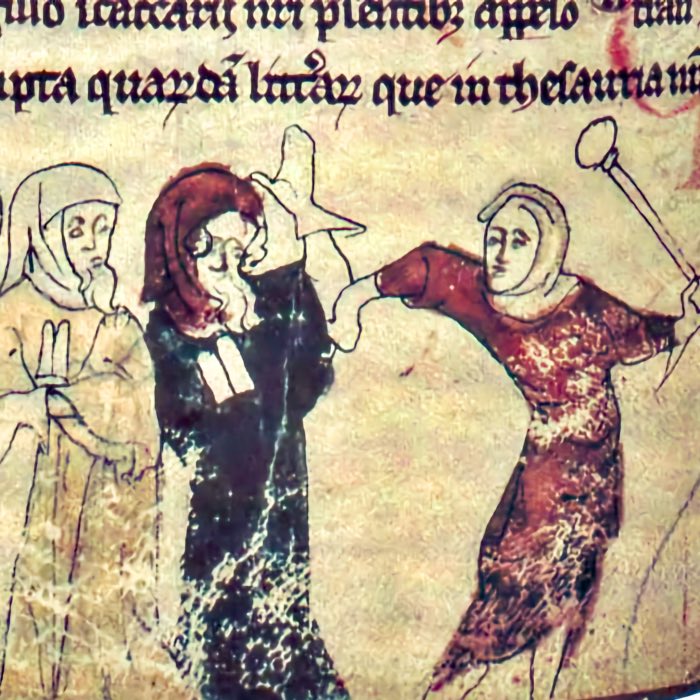

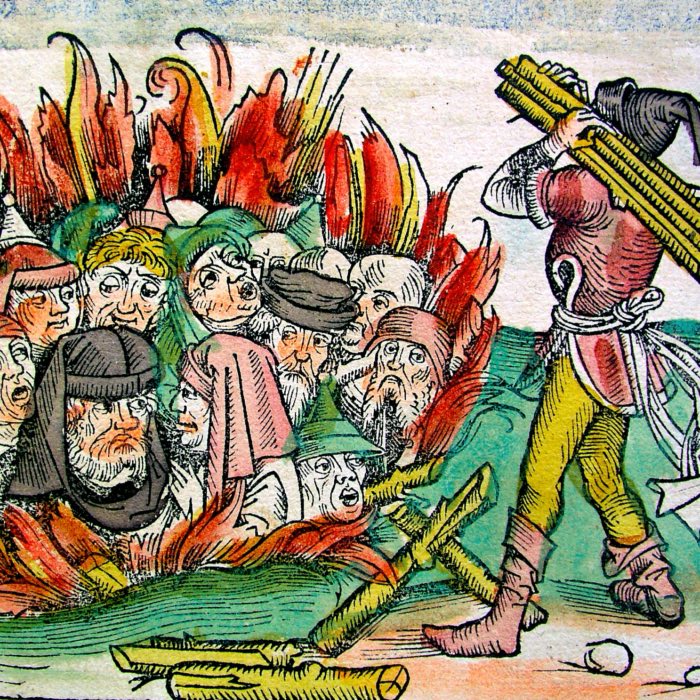
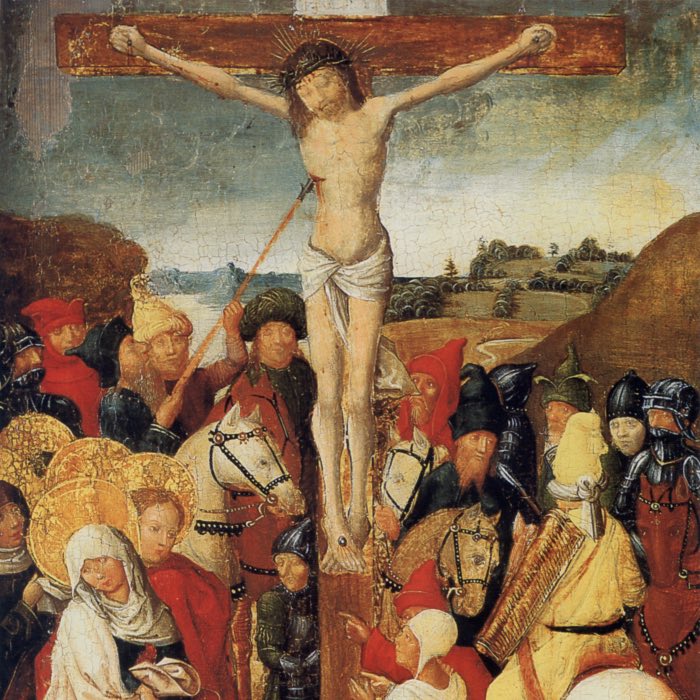
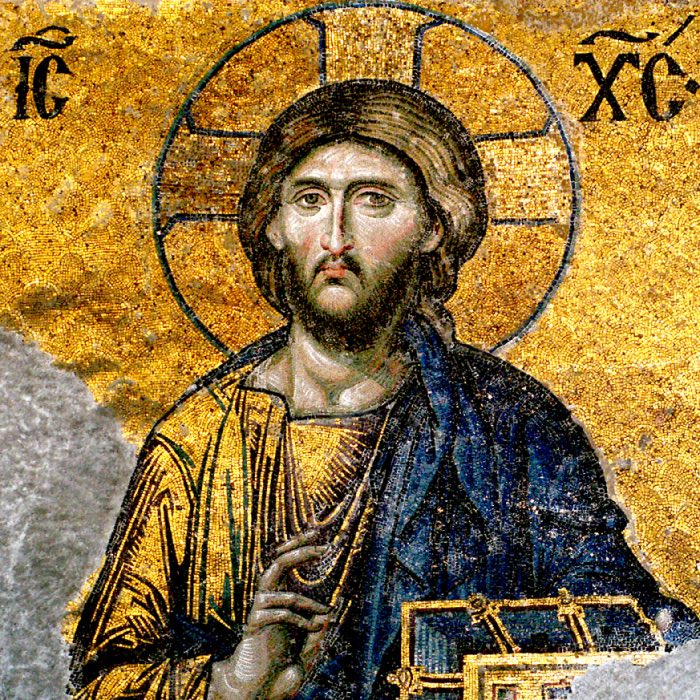
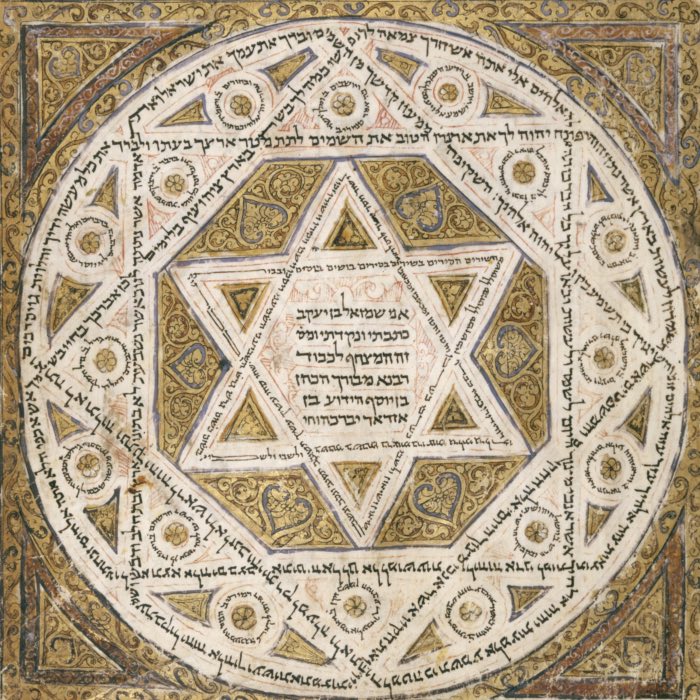
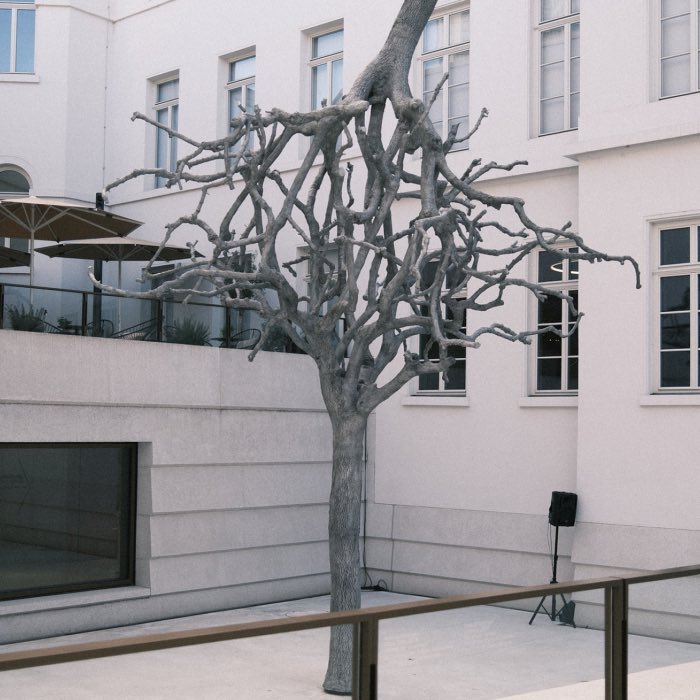

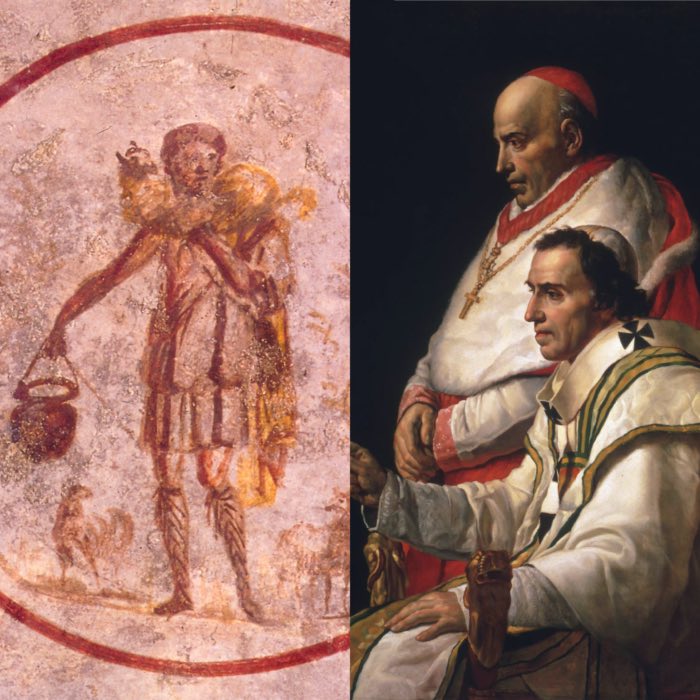
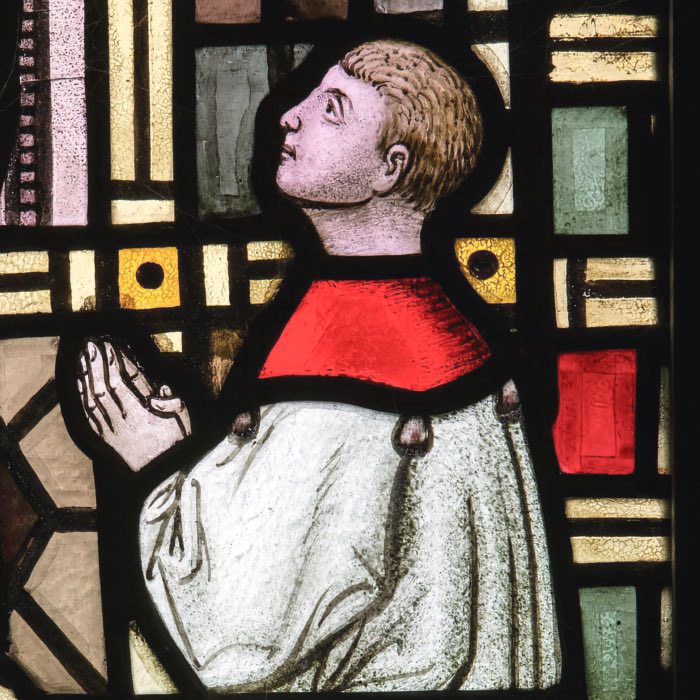
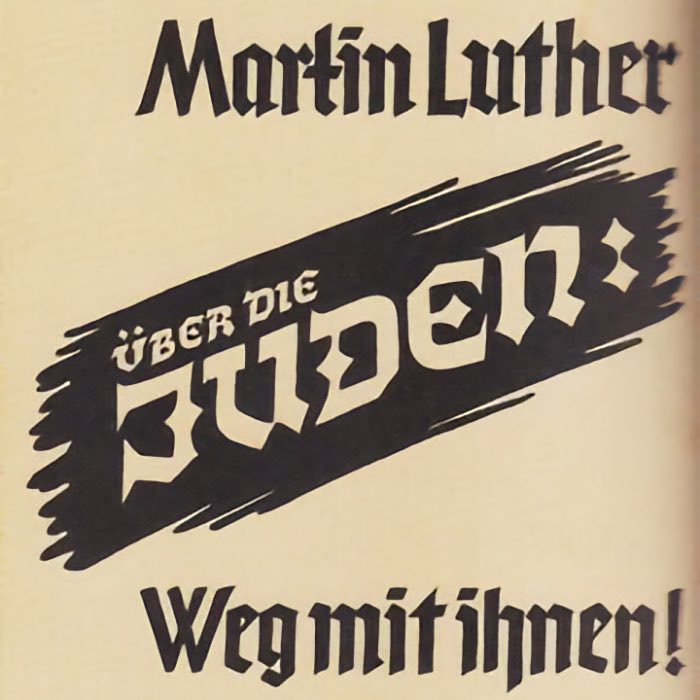

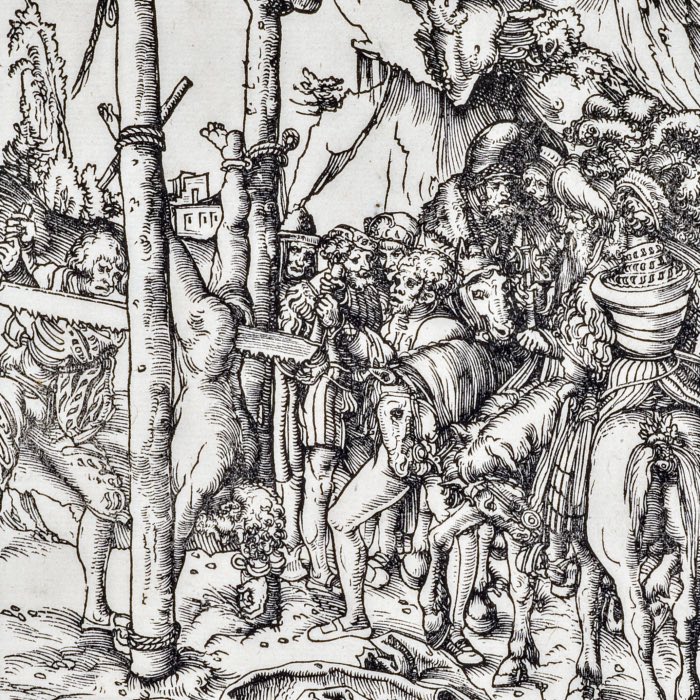
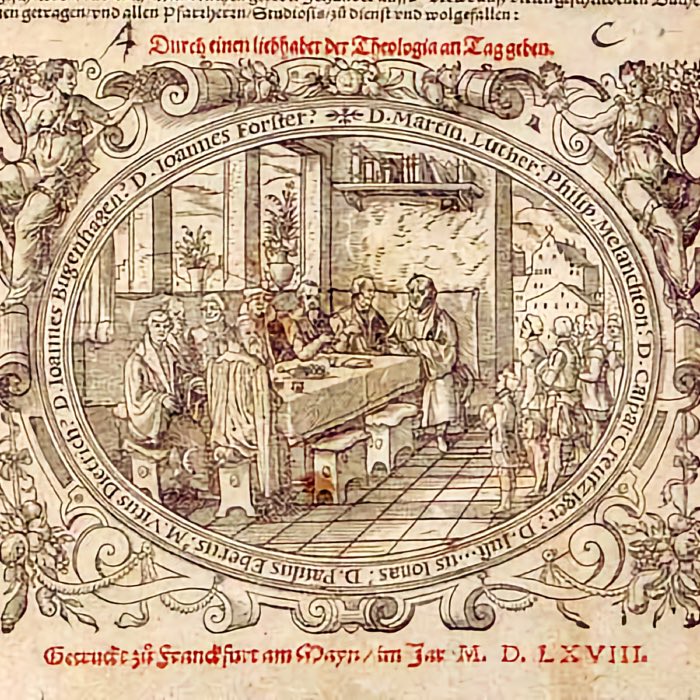
comments